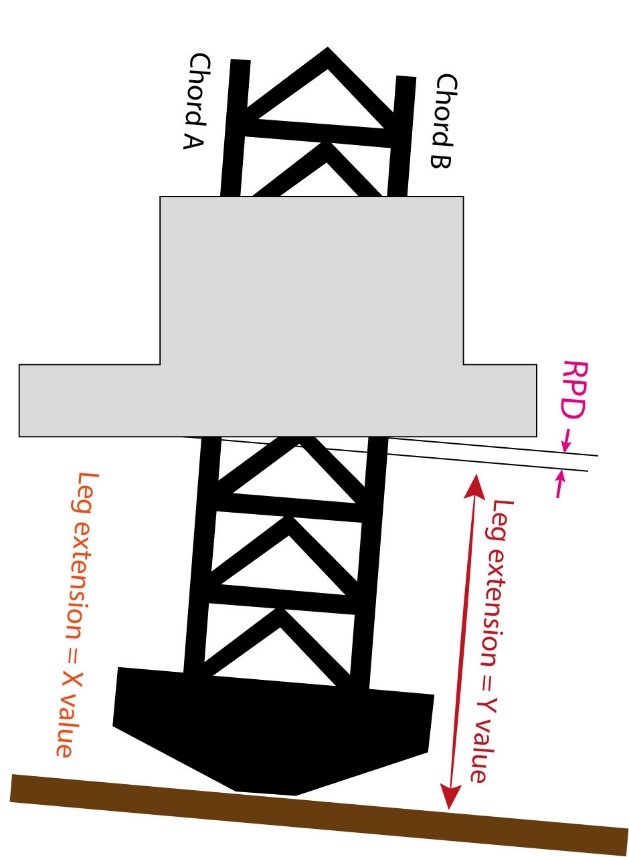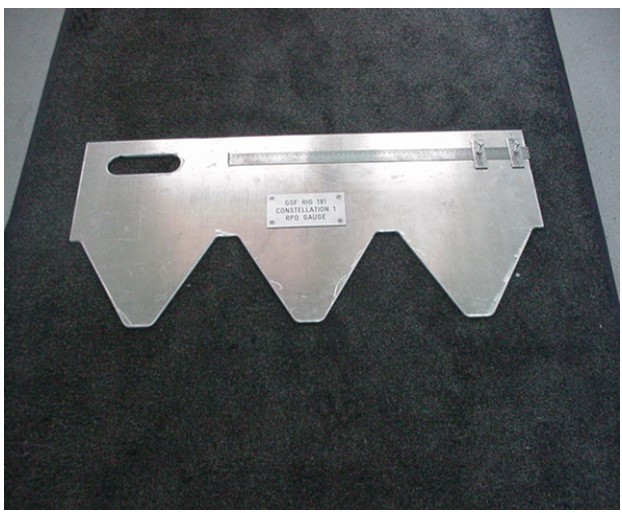RPD is the measurable difference in the vertical position of the chords relative to one another within a lattice leg.
It occurs due to an uneven loading of the leg chords when the spud can is unevenly supported or when the spud can is subject to a lateral (horizontal) load.
The uneven loading in a leg that causes RPD also results in large loads being transferred to the leg’s diagonal braces.
If the RPD becomes too large, the braces will buckle (warp, twist, distort).

RPD typically occurs on locations with a disturbed or uneven seabed, resulting in eccentric bearing support of the leg’s spud can or causing the spud can to move horizontally. It is likely to occur on an uneven seabed, sloping seabed, rapid penetration, pre-existing spud holes, leg splay.
RPD can be measured by automatic systems in real-time or manually.
Monitoring of rack phase difference during jacking operations can give an early indication of possible leg over-stresses. Continuous measurements can also provide valuable data for the analysis of leg behaviour.
